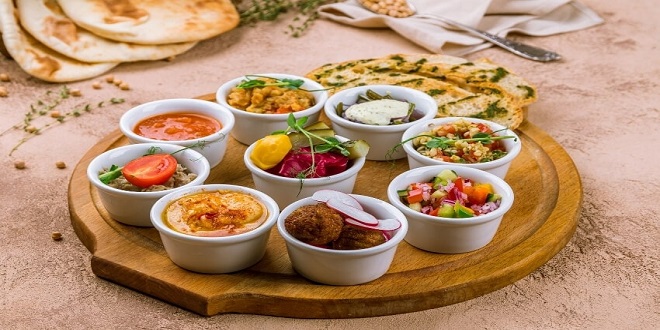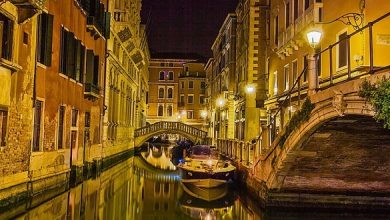International Gothic Cuisine

In general, late medieval or Gothic cuisine was international and appealed to a wide variety of social classes, all of whom tried to get spices when they could as both a flavoring and a mark of status. Above all, this cuisine involved a very artificial style of cooking that loved colors, disguised food, and sharp contrasts of flavor.
In this lecture, you will see how the efflorescence of the medieval economy, the reconnection of Eastern trade routes, and the increasing stratification of society all led to a resplendent cuisine that not only dominated the courts of kings and barons, but also was increasingly imitated by those below them.
The Plague in Europe
Around the year 1300, Europe was once again bursting at the seams. It had reached the critical threshold of population density and, given the technology available to provide food, was bound— according to Malthus—to suffer some kind of major catastrophe to rebalance people and resources.
The first major catastrophe came in the early 14th century, around 1315 to 1317, in the form of successive years of crop failure. This meant that any reserves were eaten up. One year’s failure is not so devastating, and happens naturally every 10 or 12 years, but if this happens several years in a row, chronic malnutrition causes a sharp and immediate population drop.
Medieval Cookbooks
The medieval cookbooks that have survived were prepared usually for noble or royal households. Only a few were designed for bourgeois families. Medieval elite cuisine is very international. Rulers wanted to eat like their fellow rulers in other countries, so we see the same kinds of recipes all across Europe.
The most important medieval cookbook was The Vanier of Tail event, which is actually a collection of recipes probably from as early as the 13th century that were gathered and adapted by Guillaume Tyrel, nicknamed Tail event, who was chef to King Charles V of France. This cookbook influenced several generations of chefs who wanted to imitate the renowned culinary exploits of the chef, who was reputed to be the most refined gourmand in Europe.
The second great cookbook of this period is called Le Manager de Paris, which was written in the late 1300s for a wealthy bourgeois household. It takes the form of a book of advice written by a mature if not elderly man for his new young bride.
Discover the essence of crafting captivating magazine content, delving into the art of storytelling and visual aesthetics. Uncover the secrets to engaging readers through compelling narratives and striking imagery, elevating the impact of each page turn. Master the intricacies of magazine creation to resonate with diverse audiences and leave a lasting impression.
Last word
Pretty concrete proof that culinary techniques are trickling down the social ladder—he borrows and adapts many recipes from Tail event—and are also being passed from generation to generation.





